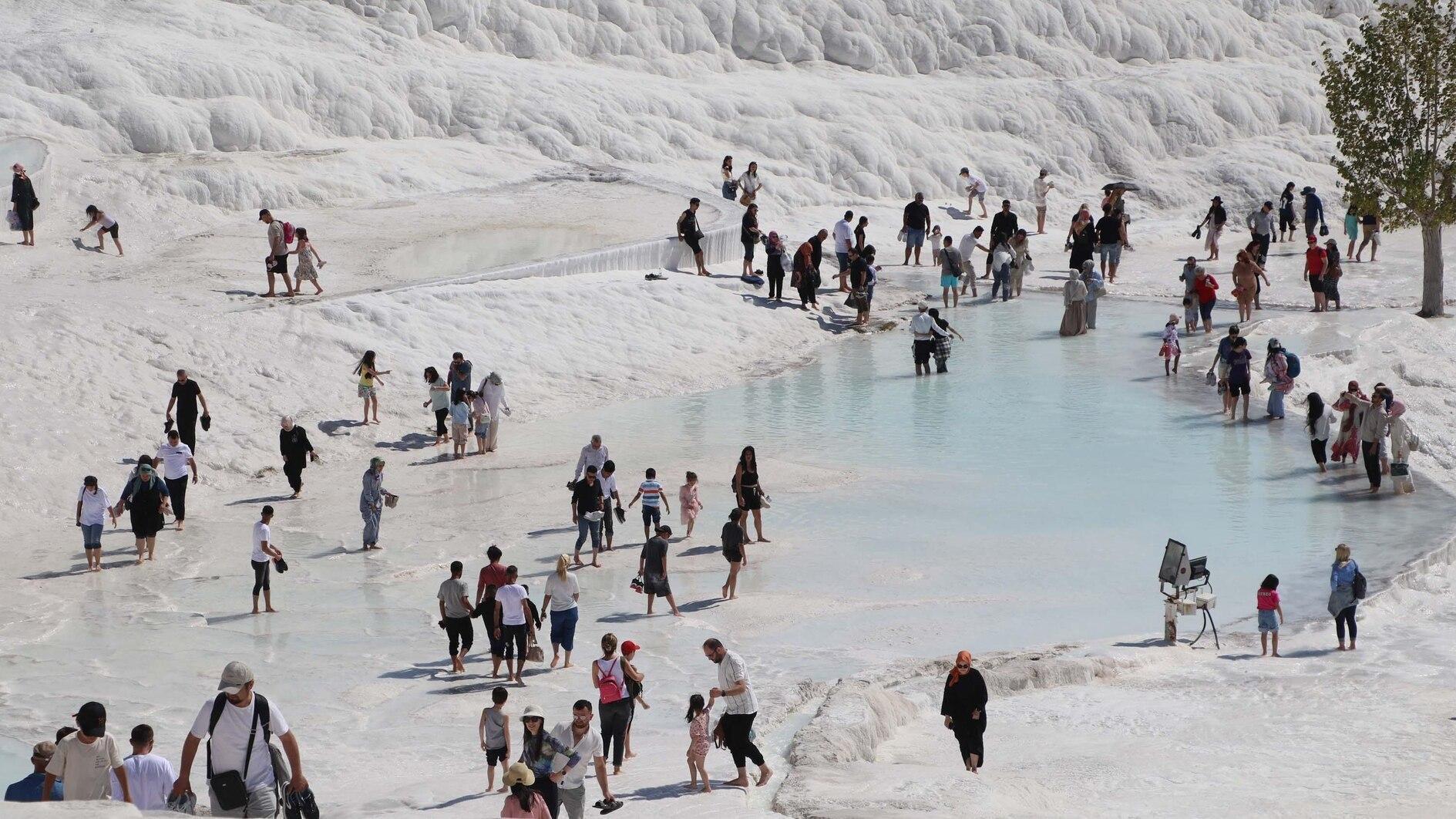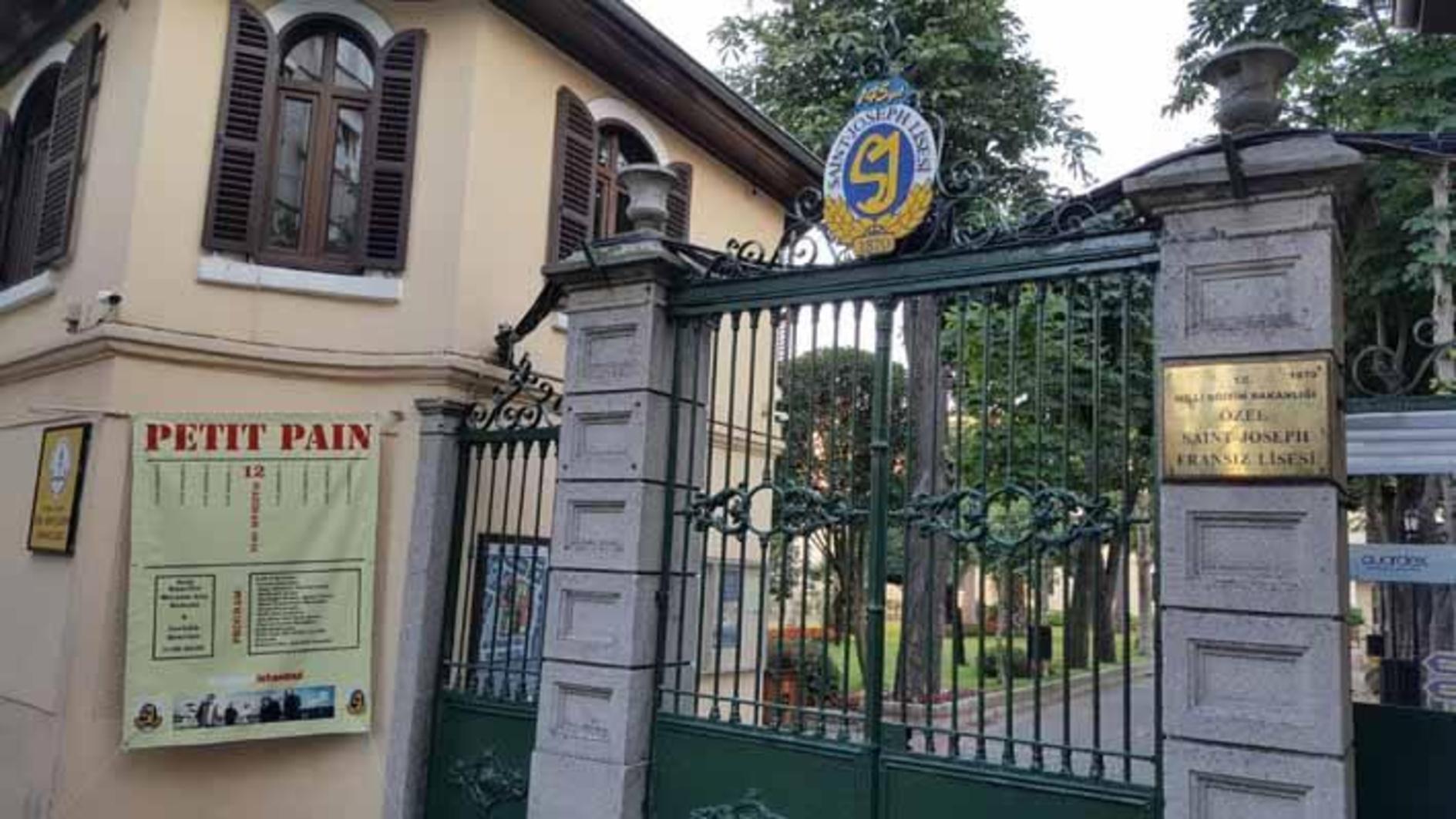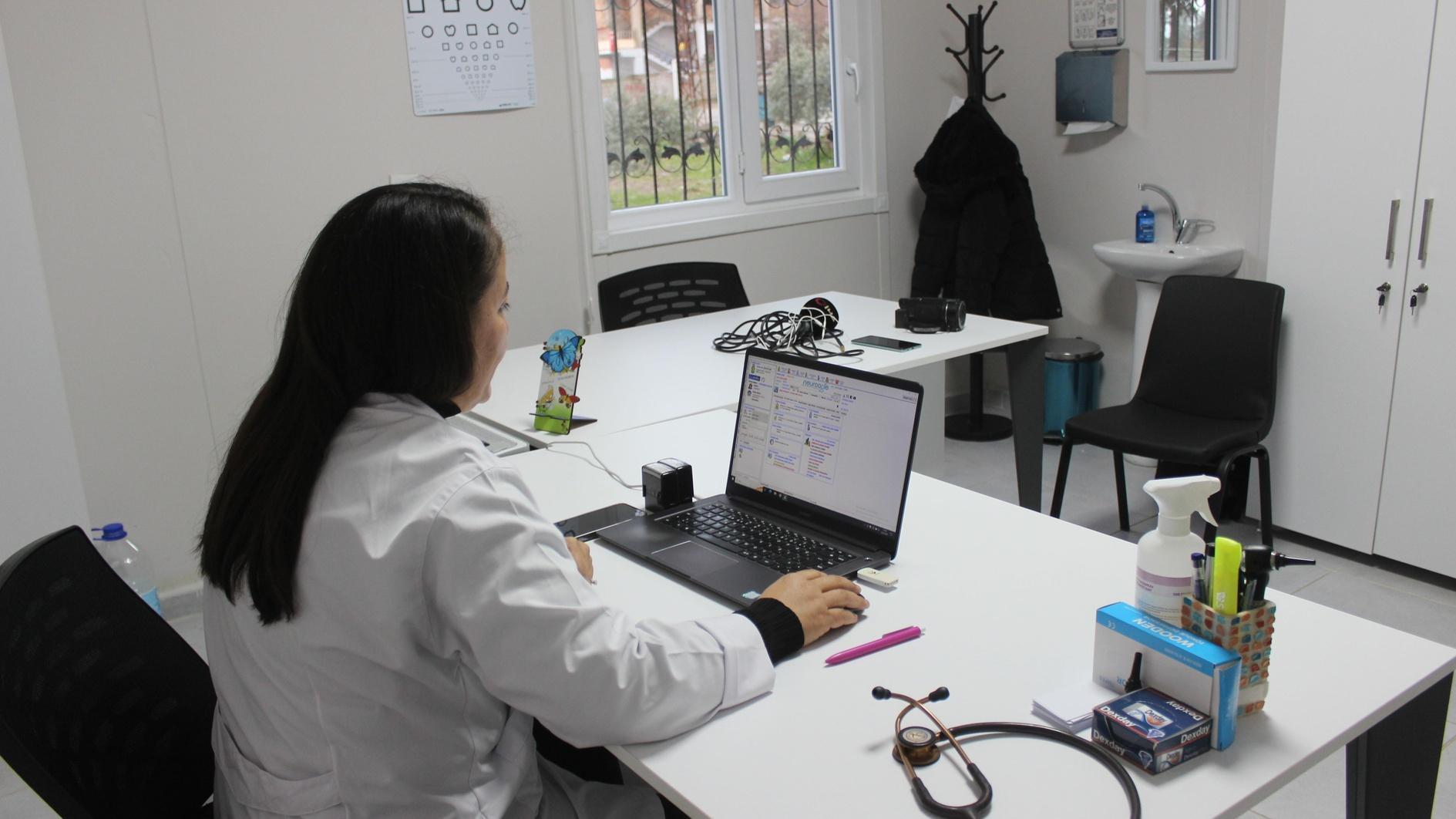A summary of archaeological finds, artistic achievements and tragic losses in 2014
ISTANBUL
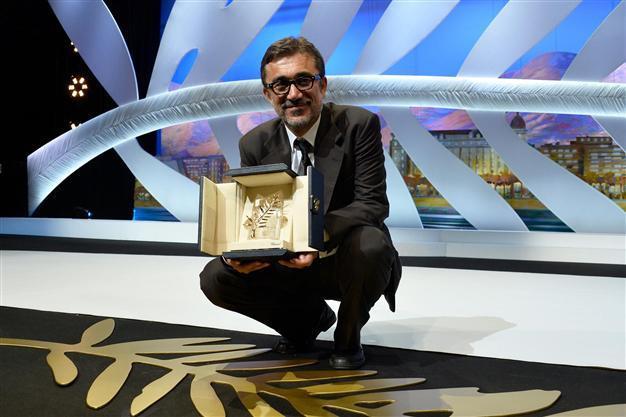
Turkey’s internationally acclaimed director Nuri Bilge Ceylan’s film 'Kış Uykusu' (Winter Sleep) wins the top Palme d’Or prize at the 67th Cannes International Film Festival on May 24, 32 years after 'Yol' (The Way), written by Yılmaz Güney and directed by Şerif Gören in 1982.
The awe-inspiring discovery of a Byzantine basilica in İznik and a massive underground city near Cappadocia bookended 2014, but the year also brought with it times of triumph in the cultural sphere, as well as farewells to doyens of archaeology.Doyenne of Turkish archaeology dies aged 98
Jan 12, 2014
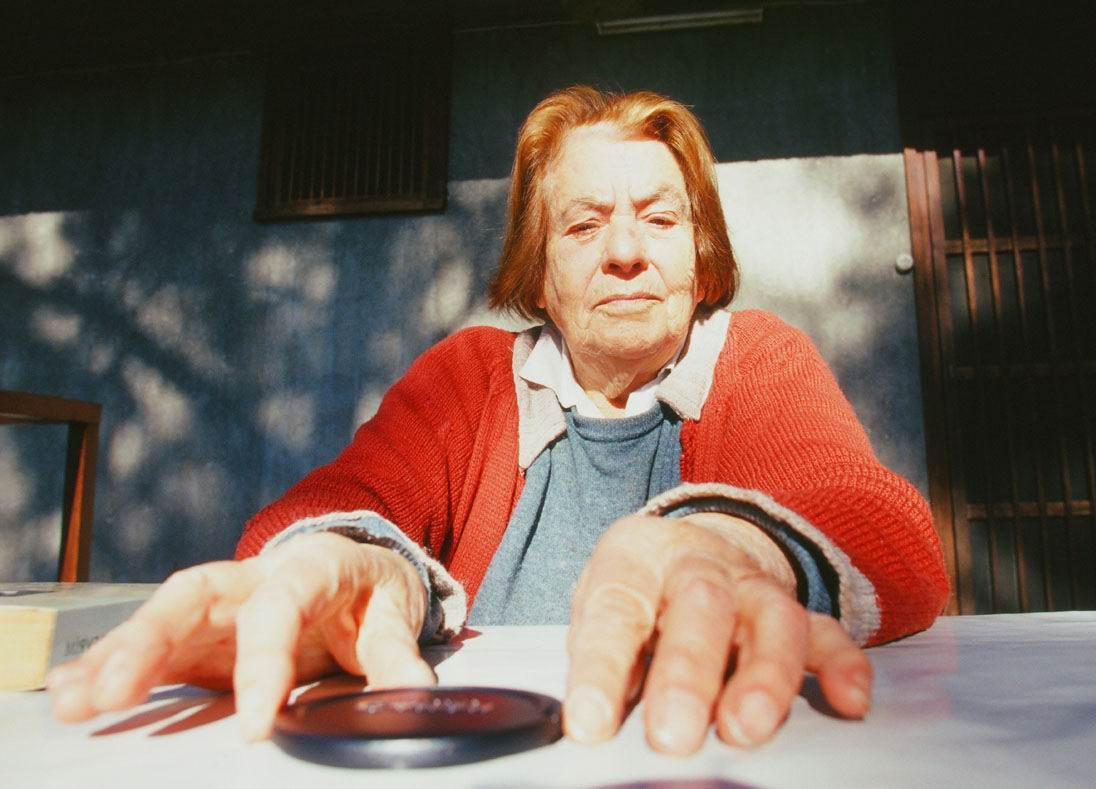
One of the most important figures in the archaeology world, retired Istanbul University Professor Halet Çambel, dies aged 98. Born in Berlin, Çambel received undergraduate training in archaeology at the Sorbonne University in Paris and received a doctorate in 1940 from the University of Istanbul. After World War II she began studying with German Professor Helmuth Bossert. In 1974, both came to Karatepe-Aslantaş in the southern province of Osmaniye, and Çambel went on to dedicate almost her entire life to the region. She spent her life for a long time in Karatepe-Arslantaş, first living in a tumulus and then in a modest two-room house. She played a key role in the understanding of Hittite hieroglyphics by discovering a tablet with the Phoenician alphabet, which allowed philologists to decipher the inscription.
Byzantine lady’s face revealed, named Maria
Jan 22, 2014
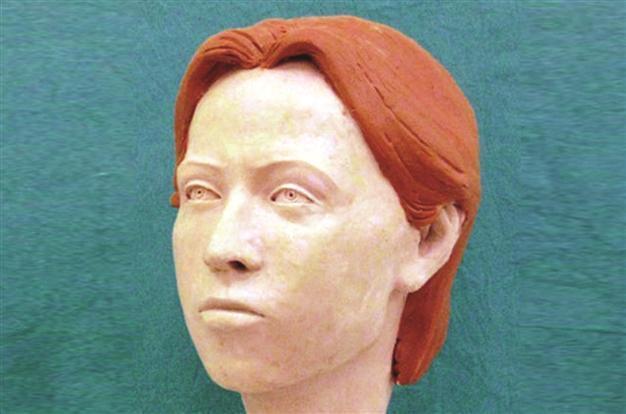
The face of a 1,000-year-old skeleton, which was unearthed during the Marmaray project excavations in Istanbul’s Yenikapı, is restructured by the Yıldız Technical University Istanbul Historic Peninsula Application and Research Center Biological Material Inspection Commission. The skeleton was named Maria by commission head Mehmet Görgülü because it was the most popular name during the era. The ancient lady is estimated to have been 30 years old when she died, had red hair and was a member of a noble Byzantine family.
Remains of Byzantine basilica discovered at the bottom of Lake İznik
Jan 27, 2014
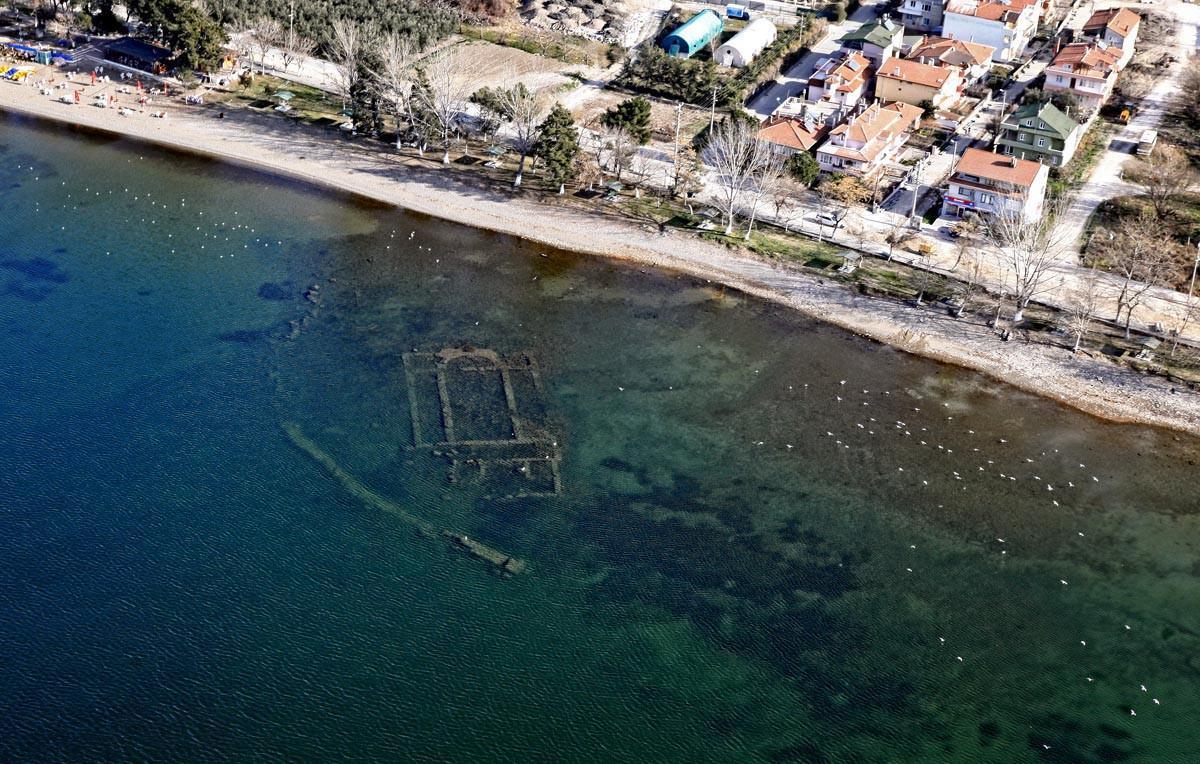
The remains of an ancient basilica are discovered about 20 meters from shore in Bursa’s Lake İznik by officials who were photographing the city from the air to make an inventory of historical and cultural artifacts. The foundations of the church were found in water that is 1.5 to two meters deep. Archaeologists, historians and art historians who are working on the church estimate that the structure collapsed during an earthquake that occurred in the region in 740. They found out that it was built in honor of St. Neophytos, who was killed aged 16 by Roman soldiers in 303 before the Edict of Milan, a proclamation that permanently established religious toleration for Christianity within the Roman Empire. The church was named one of the top 10 discoveries of the year by the Archaeological Institute of America last week.
Nuri Bilge Ceylan wins Palme d’Or prize
May 24, 2014
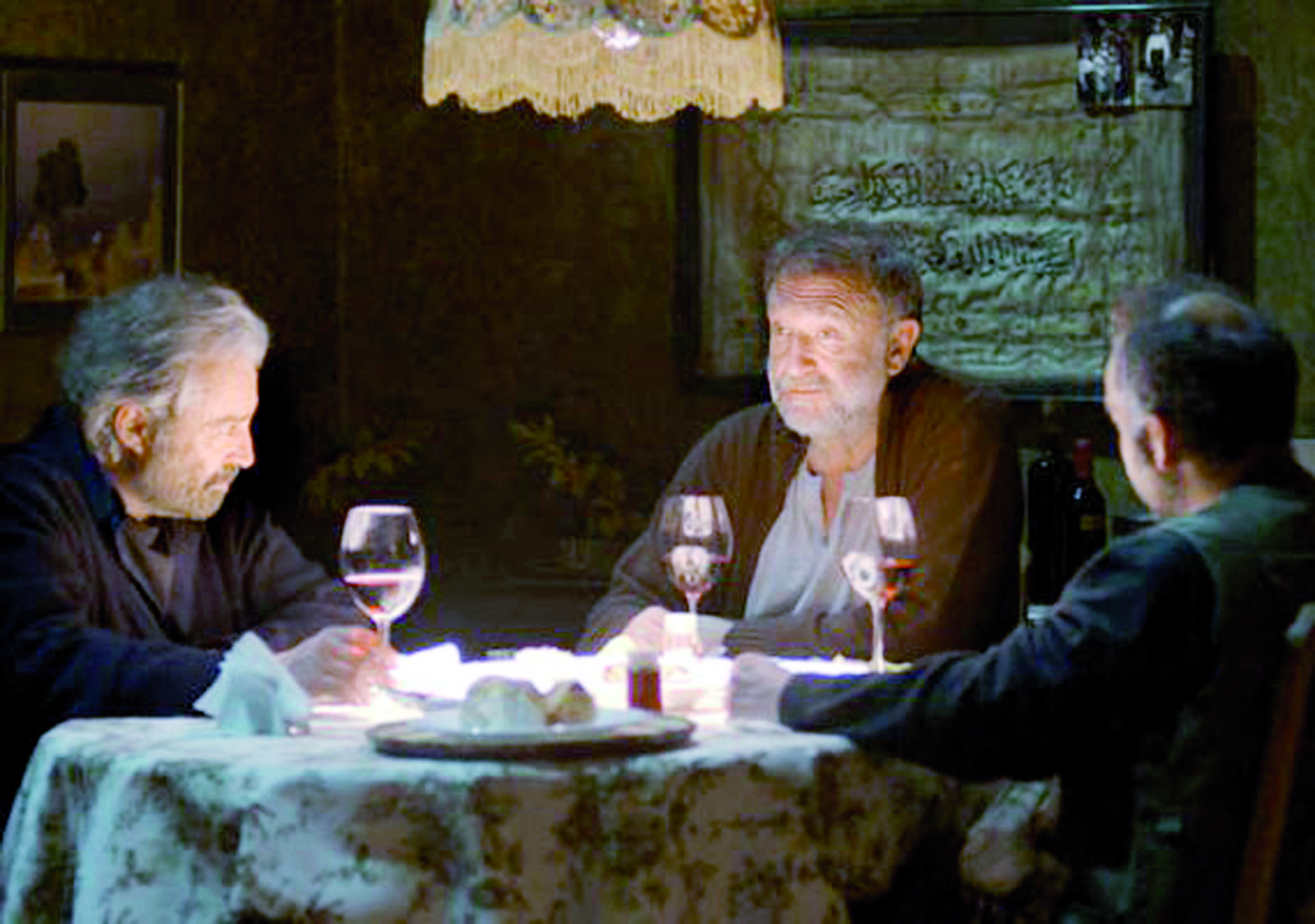
Turkey’s internationally acclaimed director Nuri Bilge Ceylan’s film “Kış Uykusu” (Winter Sleep) wins the top Palme d’Or prize at the 67th Cannes International Film Festival on May 24, 32 years after “Yol” (The Way), written by Yılmaz Güney and directed by Şerif Gören in 1982. Previously, Ceylan won the best actor and jury grand prize for his “Uzak” (Distant) and a FIBRESCI award for “İklimler” (Climates).
Pioneer of ancient Göbeklitepe passes away
July 20, 2014
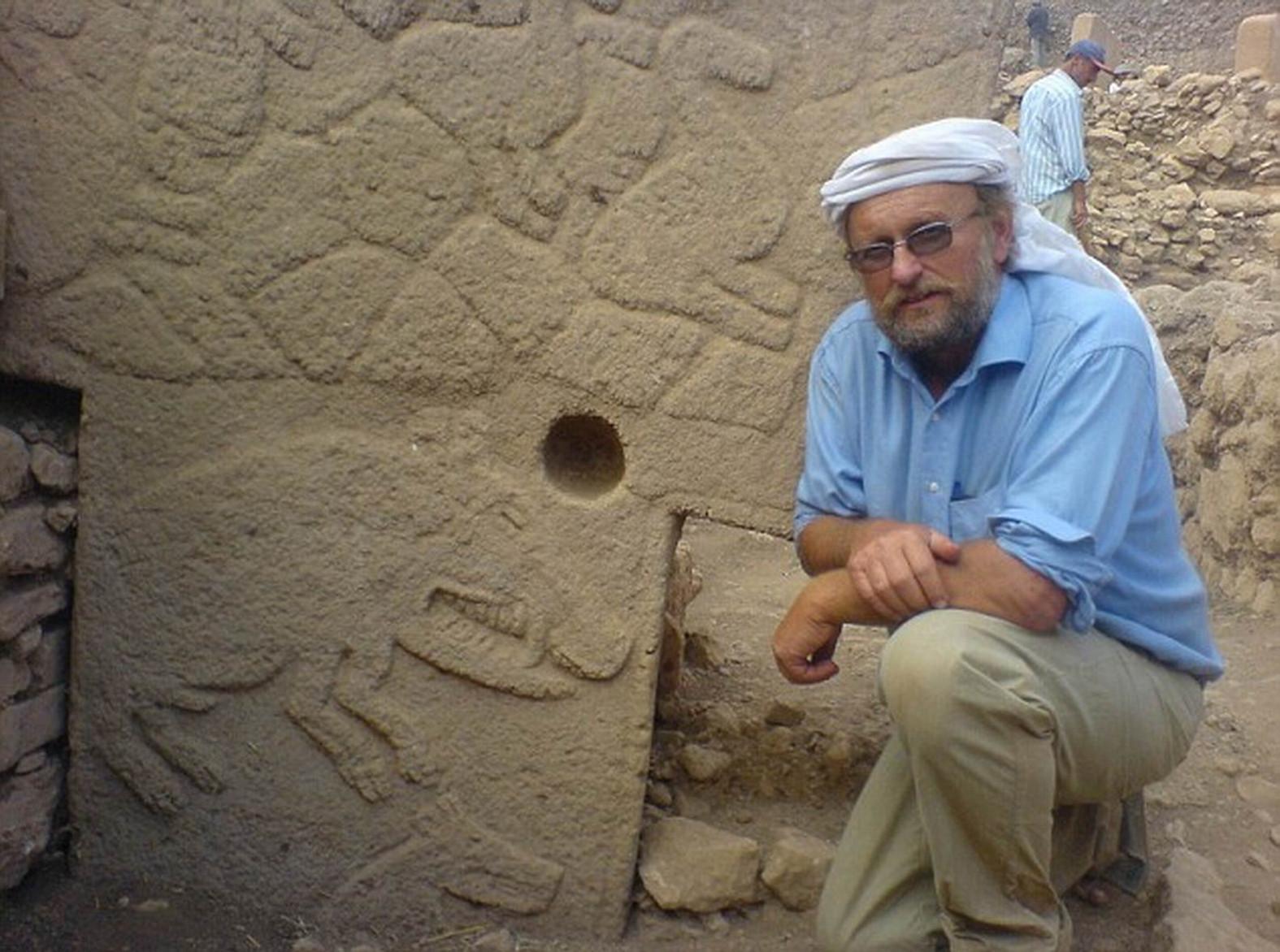
Professor Klaus Schmidt, a pioneer of excavations in Göbeklitepe, known as the “zero point in history” in the eastern Turkish province of Şanlıurfa, dies of a heart attack on July 20 while swimming in Germany at the age of 61. Schmidt had been working at Göbeklitepe for 20 years for the German Archaeology Institute. Through his works, he proved that the Neolithic-age ancient site was the world’s oldest temple. He had published books on the Göbeklitepe excavations in Turkish, German, Italian and Russian, along with countless scientific articles and work on exhibitions and conferences across the world.
FBI returns smuggled Lydian artifacts to Turkey
Aug 5, 2014
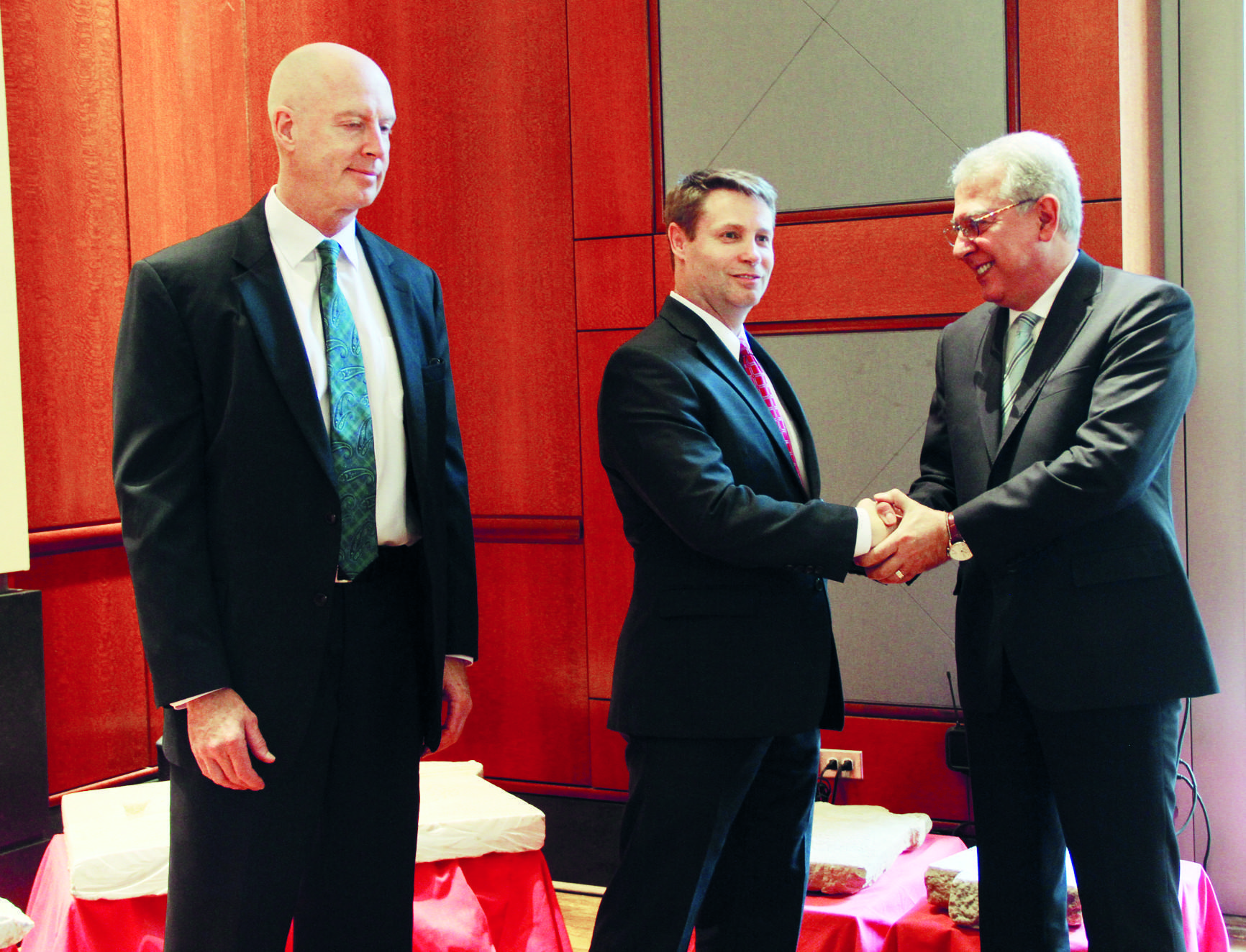
The U.S. Federal Bureau of Investigation (FBI) returns 10 illegally traded historical artifacts from Lydia, an Iron Age empire in western Turkey, to the Turkish mission in Washington. The artifacts were believed to have originated in the western province of Manisa and date back to the first and third centuries A.D. The artifacts included gravestones and sacrifice stelas, which are stone or wooden slabs on which Lydians would inscribe the sacrifices of animals or possessions that deceased people had made during their lives, used in funeral or commemorative services. The items were smuggled into the U.S. in 2006 and spotted by the Turkish Culture Ministry as they were being traded illegally, and were later seized in an operation involving Turkish security officials, the FBI and Washington D.C. police officers in May.
Underground structure discovered in Kayseri during house cleaning
Aug 23, 2014
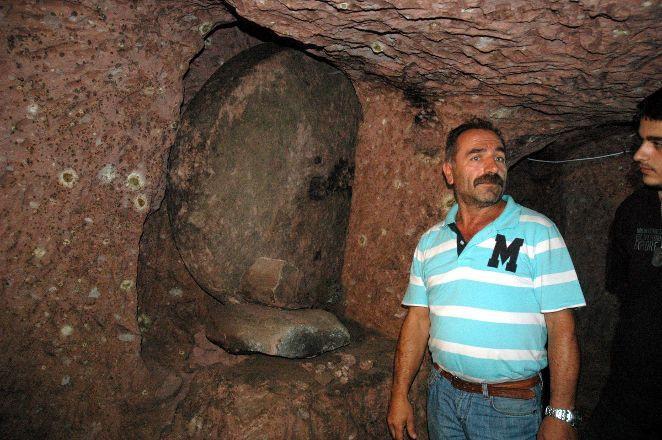
A man in the Central Anatolian province of Kayseri’s Melikgazi district discovers an extensive underground structure while cleaning a house that he inherited from his family. Mustafa Bozdemir, 50, spent 80,000 euros and removed more than 100 trucks of soil to bring the underground area to light. “We thought that it was a single-story house, but it was five stories,” he said. “Nearly 80 percent of the excavations have been completed. The soil was removed manually and 10 people worked for the cleaning of an area of 2,500 square meters. We also found some remains during the cleaning works such as human bones.”
Fazıl Say Festival canceled due to conflict
Aug 29, 2014
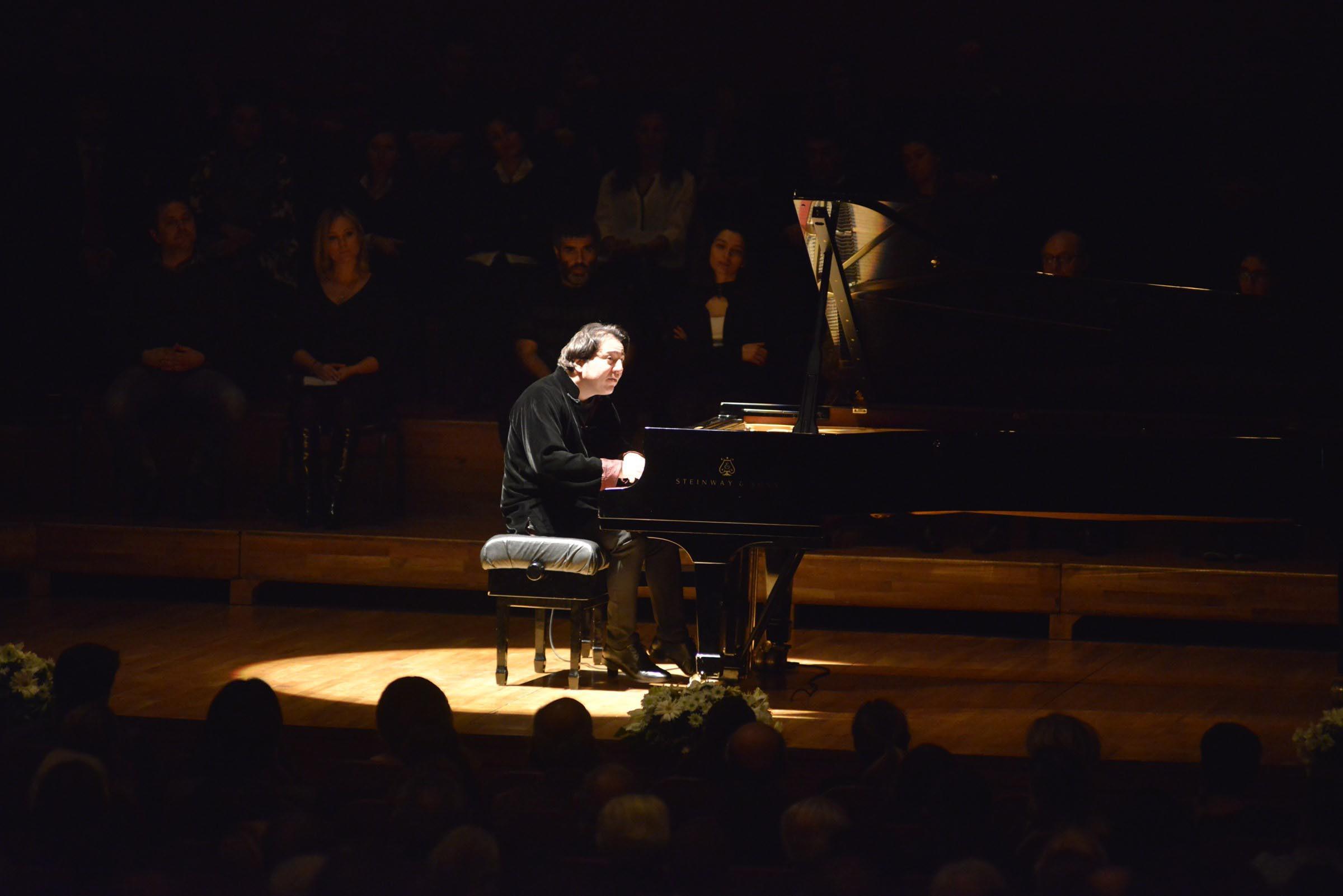
Initiated by Borusan Sanat in the 2010-2011 season and held biannually in December, the third edition of the Borusan Istanbul Philharmonic Orchestra (BIPO) & Fazıl Say Festival scheduled for December 2014 is canceled with a statement by Borusan Sanat. The festival, conducted generally by BIPO Honorary Conductor Gürer Aykal, featured works of pianist Fazıl Say, who also performed at the event. Despite worldwide popularity, Say has become persona non grata for the government, especially after he received a suspended sentence for “insulting religion” because he tweeted a few lines from legendary Persian polymath Omar Khayyam.
Clues about ‘Dracula’s captivity’ unearthed in Tokat
Sept 8, 2014
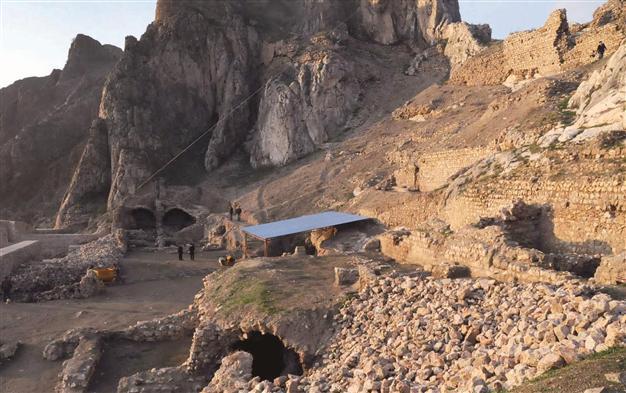
Restoration works on Tokat Castle in the northern province of Tokat reveal a secret tunnel leading to the Pervane Bath, as well as a military shelter. Two dungeons were also discovered in the castle, where Wallachian Prince Vlad III the Impaler, also known as Dracula, is said to have been held captive in the early 15th century. Vlad III lived between 1431 and 1476. Most historians say he was kept in captivity in Romania. The exact length of his period of captivity is open to debate, though indications are that it was from 1462 to 1474.
Lady Gaga hits Istanbul stage
Sept 16, 2014

U.S. singer Lady Gaga, widely regarded as the natural heir to Madonna’s Queen of Pop throne, hits the stage in Istanbul for her first performance in Turkey. The concert kicked off the Grammy award-winning singer’s European leg of her tour, backed up by a 144-member team consisting of dancers, creative directors, stylists and technicians.
Censorship claims mark Golden Orange Film Festival
Sept 29, 2014

Reyan Tuvi’s documentary titled “Yeryüzü Aşkın Yüzü Oluncaya Dek” (Love Will Change the Earth), focusing on last year’s Gezi protests, is removed from the festival program of the 51st Antalya Golden Orange Film Festival on the grounds that it violates the Turkish Penal Code’s 125th and 299th articles on defamation of the president. “As the preliminary jury, we consider the evaluation of a film according to the Turkish Film Code and its removal from the program as censorship,” the jury members said, declaring that they “do not recognize” the decision. Eleven documentary films were also withdrawn from the festival in protest amid the debate over censorship.
New mosaics found at Zeugma
Nov 3, 2014
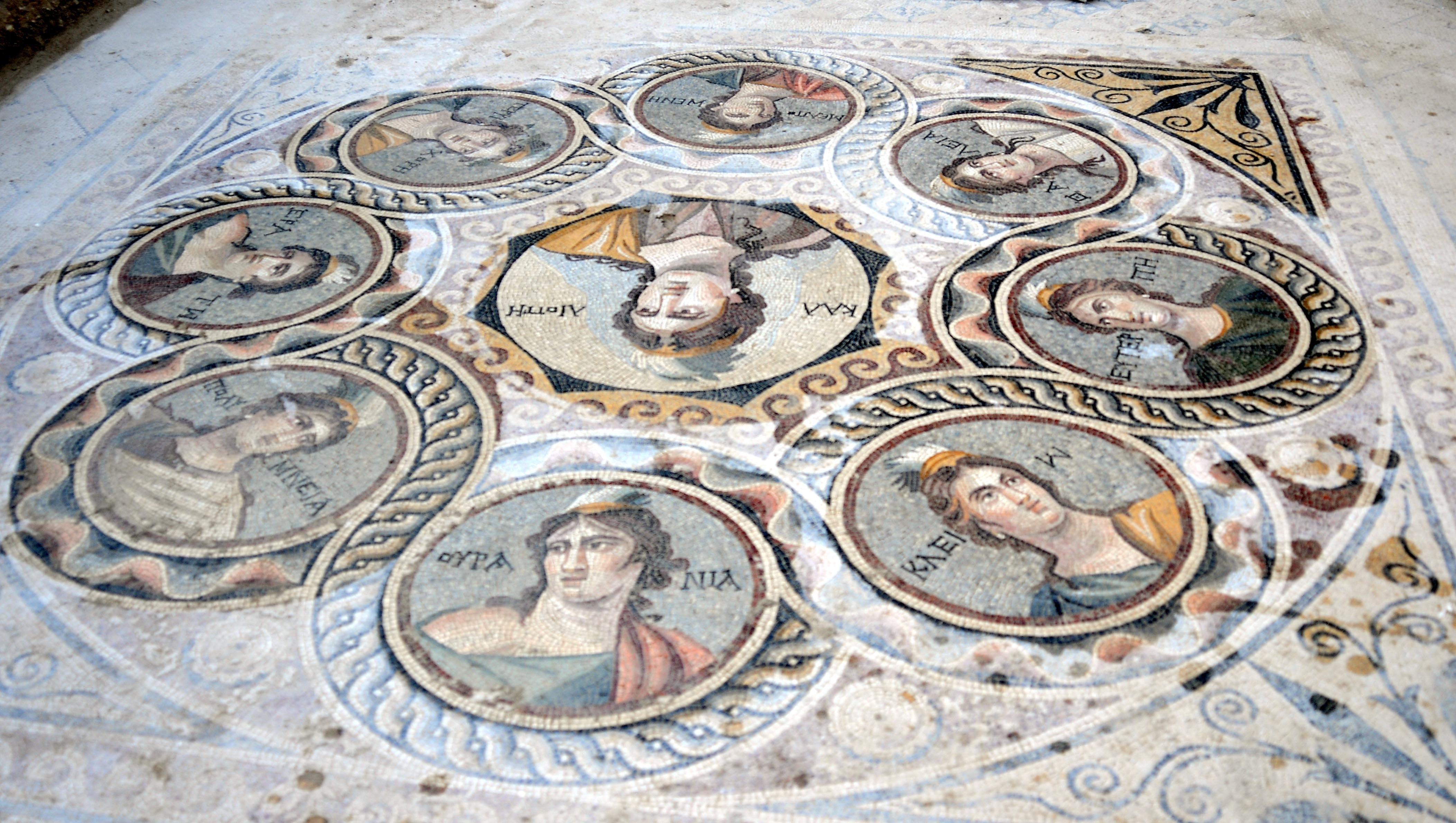
Three new mosaics are unearthed during the Muzalar House excavations in the ancient city of Zeugma in the southeastern province of Gaziantep. “We plan to establish a temporary roof for long-term protection. We estimate that the ancient city has 2,000-3,000 houses. Twenty-five of them remain under water. Excavations will be finished in the Muzalar House next year,” said the head of the excavations, Professor Kutalmış Göktay.
Bathonea excavations in Istanbul fill a gap in history
Nov 26, 2014
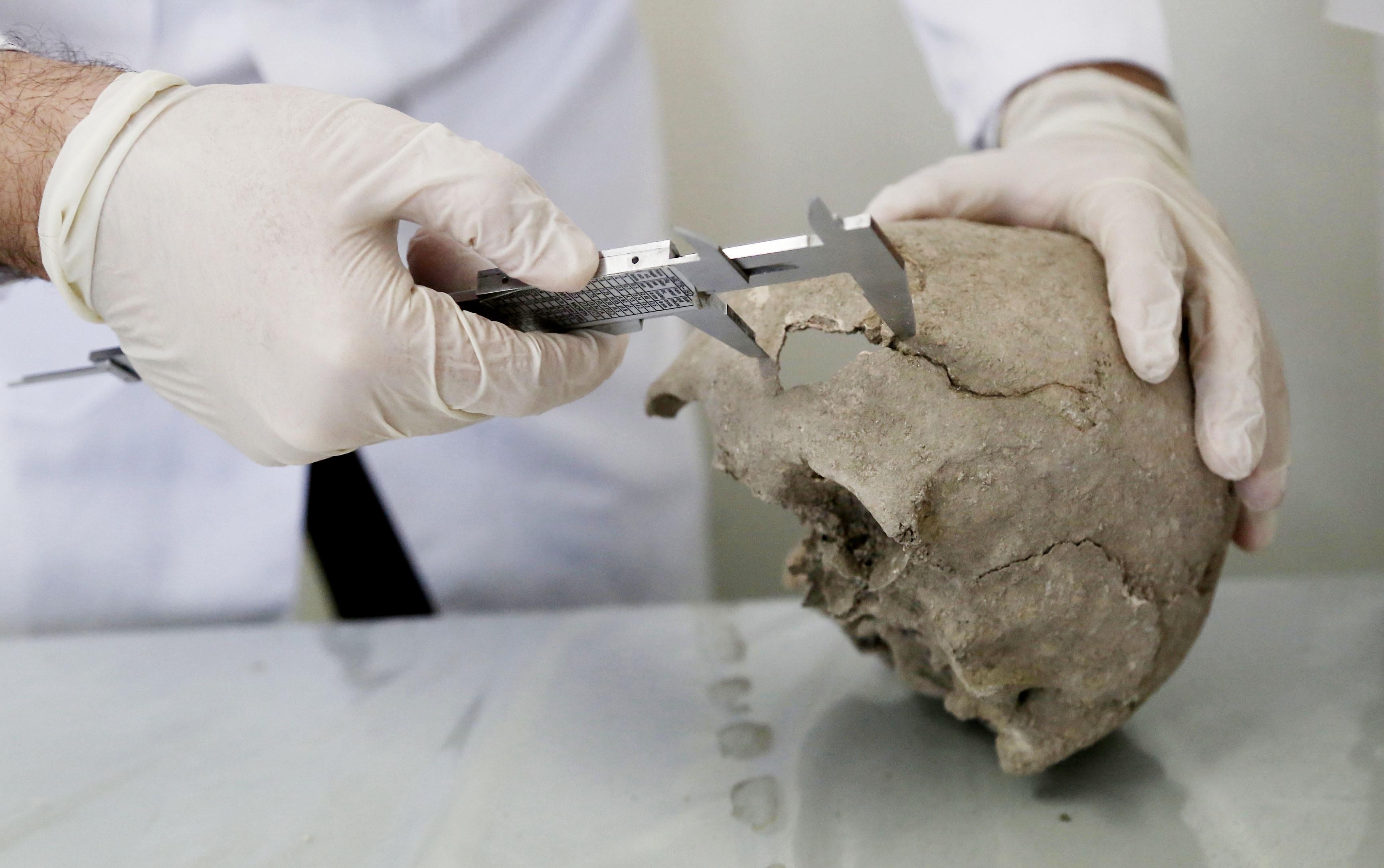
The Bathonea excavations that have been continuing in the Küçükçekmece lake basin for five years fill a gap in Istanbul’s chronology by revealing traces from 2000 B.C. Large structures, squares, churches and a palace complex have come to light, and the excavation team reached a large cistern on which names like Konstantin and Konstans were written. The cistern is believed to have dated back to the Byzantine era. In addition, scientists have found bones that are thousands of years old.
Massive underground city discovered in Nevşehir
Dec 27, 2014
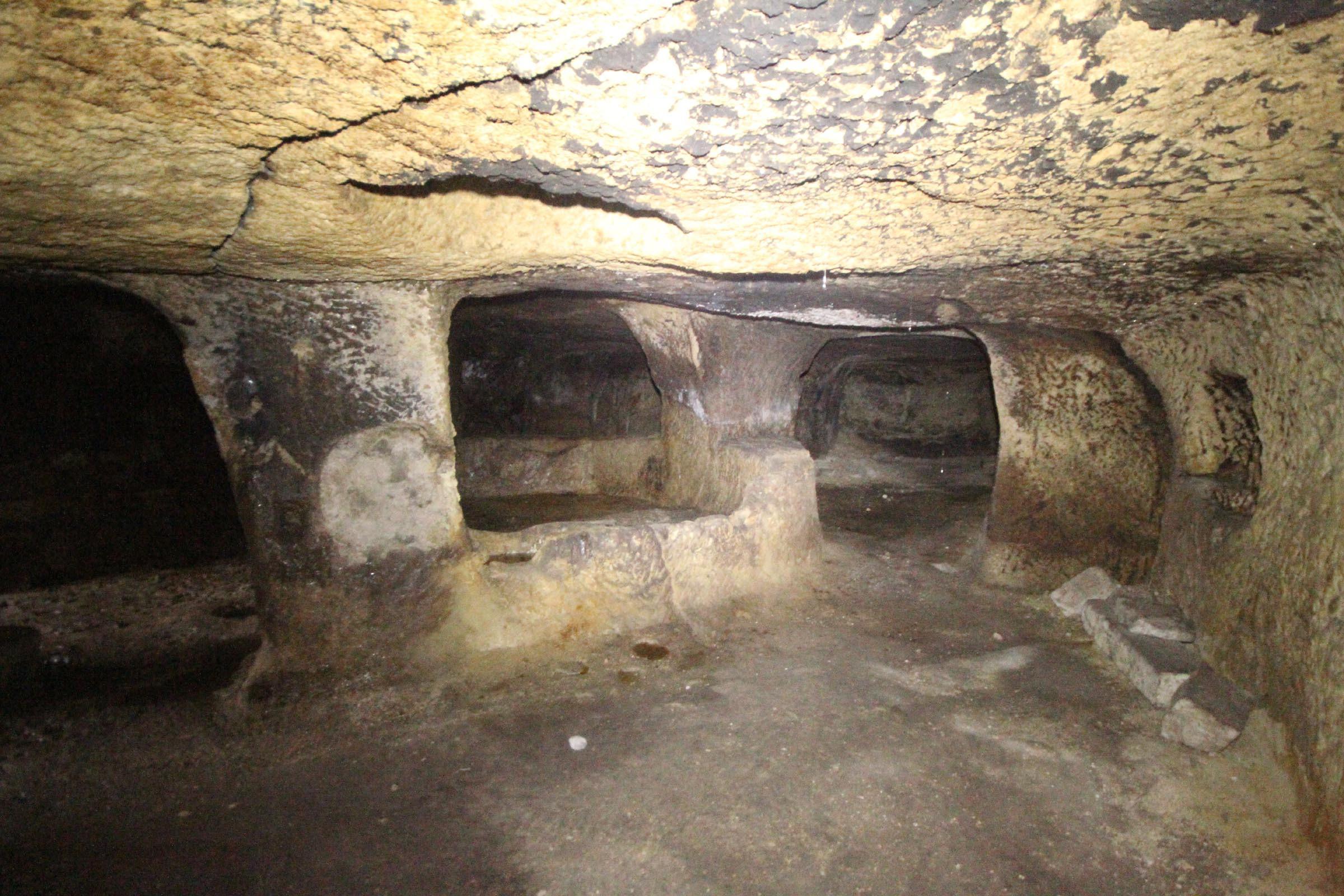
With 2014 nearing an end, potentially the year’s biggest archaeological discovery comes with the revelation of an underground city in the Central Anatolian province of Nevşehir. The city was discovered during an urban transformation project by Turkey’s Housing Development Administration (TOKİ). TOKİ head Mehmet Ergün Turan said the area where the discovery was made was announced as an archeological area to be preserved. “It is not a known underground city. Tunnel passages of seven kilometers are being discussed. We stopped the construction we were planning to do on these areas when the underground city was discovered,” said Turan. The city is thought to date back 5,000 years and is located at the bottom of the Nevşehir fortress. Escape galleries and hidden churches were discovered inside the underground city.


